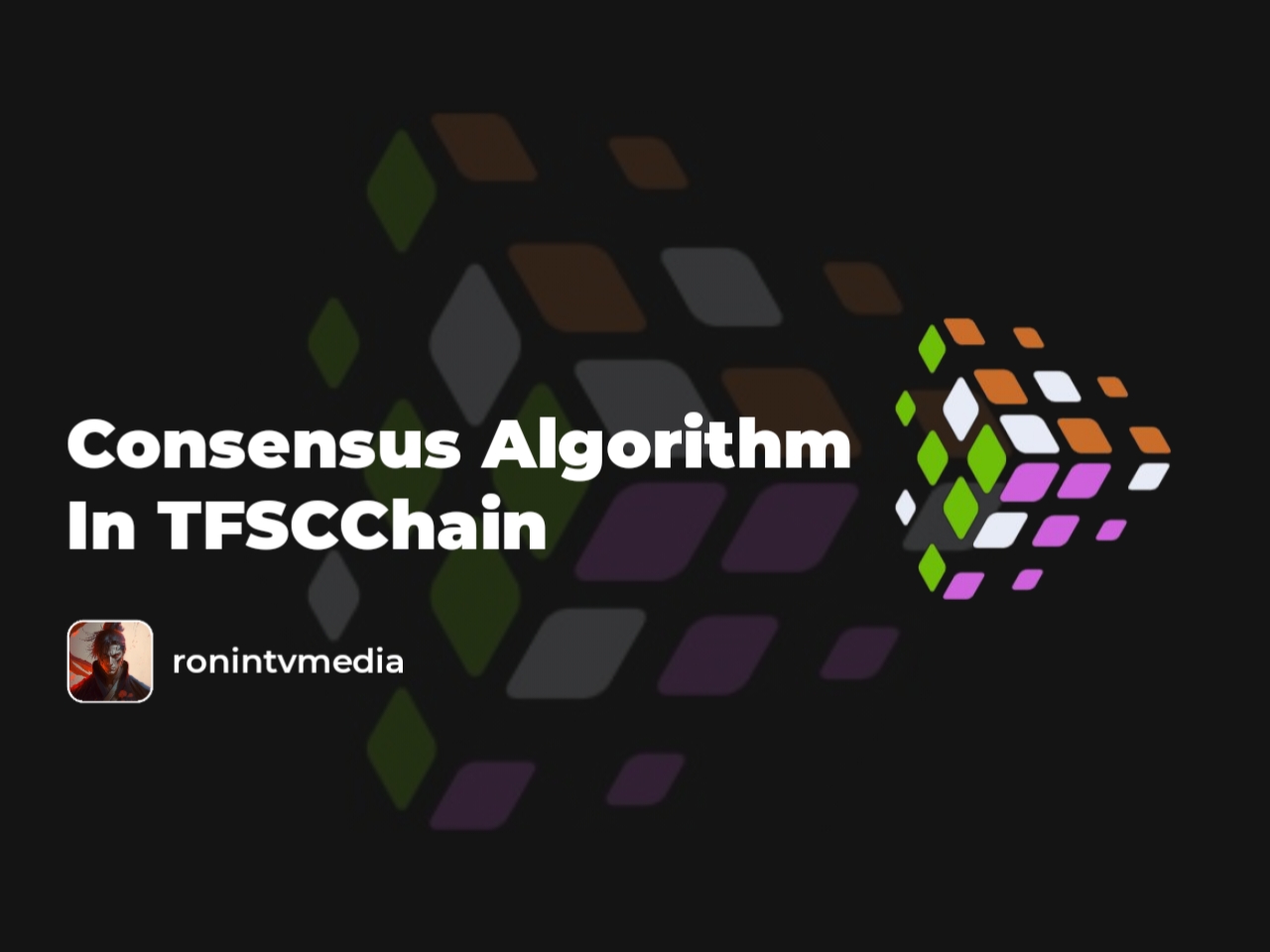
Transformers chain is a completely decentralized public chain that utilizes the independently developed Raindrop Protocol to solve various shortcomings of traditional consensus mechanisms.
POW requires a large amount of energy to solve mathematical problems, which can lead to energy and resource waste. Miners with stronger computing power have a higher probability of success, which may lead to the concentration of computing power in several large mining pools, thereby increasing the risk of centralization.
POS requires holding a certain number of tokens, and those with more tokens also have a higher probability of success, which may lead to wealth inequality and centralization risks.
The Raindrop Protocol solves the problems of energy waste, resource waste, and suspicion of centralization while ensuring safety.
Concept of Consensus Mechanism
Digital currency and blockchain complement are complementary to each other. Blockchain, as the underlying technology of digital currencies, relies on consensus mechanisms.As an Internet-based decentralized accounting system,without strong centralized role control all nodes participating in the blockchain need to reach a consensus and establish mutual trust relationships.
Raindrop Protocol
Transformers uses Raindrop Protocol as consensus mechanism at the consensus layer. At present, the mainstream consensus mechanism cannot balance efficiency and decentralization. Compared with traditional POW, Raindrop Protocol is more efficient and will not generate competition for computing power. Each node in the network has its own unique node ID , and each node in the main network is selected and verified through discrete random numbers.
VRF validates the random number selection of block packers, ensuring the fairness and transparency of the election process. The entire network nodes verify whether the verification nodes selected by the block packers are randomly selected through VRF.
The use of VRF (Verifiable Random Function) has the following characteristics:
Fairness and Transparency: Random numbers generated through VRF have fairness and transparency, and anyone can verify the correctness and authenticity of random numbers.
Unpredictability and unforgeability: Due to the unpredictability and unforgeability of the VRF generation algorithm, the generated random numbers have high security and trust.
Cost saving: Using VRF can avoid the additional overhead and risks that may exist in traditional random number generation methods, thereby effectively saving costs.